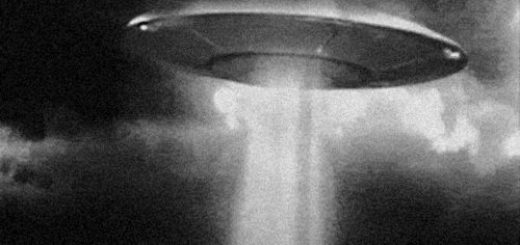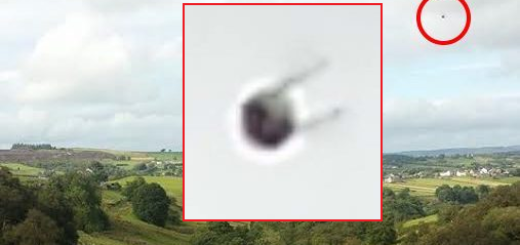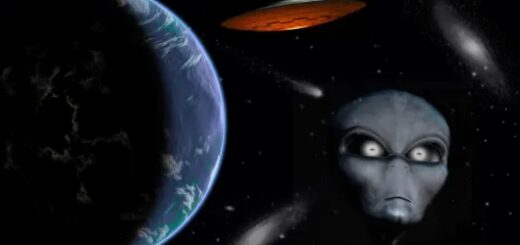What Would Really Happen If We Tried To Send Humans To Venus?
Venus is a remarkable planet in many ways. Located about 67 million miles (108 million km) from the Sun, Venus is often called Earth’s twin because it’s almost equal in size and composition.
However, Venus is an extreme world and sending humans to the planet is impossible due to terrifying things that would happen.

Venus is the hottest planet in our Solar System and it has the longest day. One day on Venus lasts longer one year and you could celebrate two birthdays on the same day.
When Italian astronomer Galileo Galilei studied Venus with a telescope, he was astonished to find that it had phases.
Like the moon, these phases depended on where the planet and the sun lay in relationship to the Earth. The discovery of these phases was very significant because it was later used as evidence that Venus and other planets orbited the Sun and not Earth.
Venus is not far away and if we sent a spacecraft it would only take 100 days to reach the planet. The problem is that it would be impossible to scout a landing place because of the clouds that are made of poisonous sulfur dioxide.
It was long believed that beneath Venus clouds there was a tropical paradise, but in the 20th century astronomers learned more about Venus true nature on the surface.
Venus’s clouds rains sulfuric acid. However, due to its hot atmosphere the rain evaporates in midair generating a haze of sulfuric acid over 10 miles thick.
When a person or object exit the haze, the temperature is 600 degrees Fahrenheit and the pressure is 10 times greater than at sea level on Earth.
At the surface on Venus the pressure is 92 times greater and the same pressure we have half a mile under our oceans. The temperature on the surface is 870 degrees Fahrenheit and that kind of heat can melt lead.
Landing on the North Pole of Venus would be impossible too. Venus barely tilt on its axis and the temperature on Venus is the same day and night the whole year.
Even if we somehow managed to land a spacecraft on Venus, which is a very unrealistic scenario it would be very difficult to explore the planet because it’s hard to see anything beyond 2 miles. As it this was not bad enough, an astronaut would also need a continuous amount of oxygen. Venus has no magnetic field and bombardment by high-energy cosmic radiation is a major concern and there is a risk of cell damage and cancer.
Sending humans to Venus is hardly possible, but between 1972-1980 the former Soviet Union successfully landed 8 uncrewed spacecrafts. The longest any lasted was only 110 minutes.
So there is a good reason why Venus is often referred to as our Solar System version of hell.



 Creators of mankind
Creators of mankind Description of “Tall white aliens”
Description of “Tall white aliens” Where they came from?
Where they came from? About hostile civilizations
About hostile civilizations The war for the Earth
The war for the Earth “Tall white aliens” about eternal life
“Tall white aliens” about eternal life Video: “Nordic aliens”
Video: “Nordic aliens” Aliens
Aliens Alien encounters
Alien encounters The aliens base
The aliens base UFO
UFO Technology UFO
Technology UFO Underground civilization
Underground civilization Ancient alien artifacts
Ancient alien artifacts Military and UFO
Military and UFO Mysteries and hypotheses
Mysteries and hypotheses Scientific facts
Scientific facts


















